Revisiting Williamsburg: Mother- Daughter Getaway

Have you ever taken a girls’ trip with your daughter? Recently, I took my daughter Sammy with me to Williamsburg. Visit Williamsburg invited Sammy and me to spend four days visiting this historic area. My husband wasn’t able to travel with me, so I made it a girls’ trip! And boy, did we have fun! However, this isn’t the first time I visited Williamsburg. Our oldest daughter, Lisa, played basketball at William and Mary, but I only spent time watching her play. I’m so glad that I got to see it again in all its glory!
I was looking forward to seeing the architecture and interiors of colonial homes. As an interior designer, I studied the history of colonial architecture in college. Most of the early colonial architecture in Williamsburg was influenced by Georgian architecture. Between 1695 and 1710, notably the Wren Building at the College of William and Mary, the Governor’s Palace, and the Capitol Building were the first three examples of significant Georgian architecture in the colony.
Follow along as I take you through our itinerary!
I love taking mother-daughter trips with Sammy, and we have traveled together many times. I wrote about our trip to Macon, Georgia, for the review of Hotel Forty-Five.
Revisiting Williamsburg Trip with Sammy
A Luxurious Stay at the Williamsburg Inn

For the trip, we stayed at the Williamsburg Inn, established by John D. Rockefeller Jr. in 1937. The Inn has embraced numerous U.S. Presidents, British royalty, and celebrities from around the world. Queen Elizabeth even stayed at the Inn twice during her reign. Mr. and Mrs. John D. Rockefeller Jr. were involved with every aspect of the design, construction, and furnishing of the Inn.
John D. Rockefeller is also credited with restoring Colonial Williamsburg to its current state. However, Mr. Rockefeller did not initially indicate his purpose of restoring the whole colonial area of Williamsburg (read more here).

Williamsburg Inn is decorated in regency-style décor, and the details are amazing! The Inn’s 62 guest rooms and suites are decorated in three distinctive styles: floral, classic, and restoration. All rooms feature period furnishings, original artwork, and handmade silk window treatments that have been a Williamsburg Inn signature for decades.

In the evening, during the turn-down service, you will receive an evening tray with a cordial, chocolates, and a quote on a pillow.

You can also enjoy a game of golf at the Golden Horseshoe Golf Club.

Perhaps you want to pamper yourself at the Spa of Colonial Williamsburg, which also has a fitness center in the spa center.


Our Itinerary:
Day 1
After we checked into the Inn, we headed to the Silver Hand Meadery for a honey and mead tasting. Mead is an alcoholic beverage made by fermenting honey with water and yeast, and sometimes other ingredients like fruits, spices, grains, or hops. It’s also known as hydromel or “honey wine” because it’s similar to wine but uses honey instead of grapes as a sugar source.

Sammy enjoyed the tasting very much, and I was surprised that she enjoyed sampling the different meads. She doesn’t drink except on holidays, and she really wanted to enjoy this experience with me.


Day 2

After breakfast in the Terrace Room at the Williamsburg Inn, we visited Historic Jamestowne and Yorktown, part of the historic triangle in Virginia.
Historic Jamestowne

We went on a guided tour of Historic Jamestowne and walked in the footsteps of Pocahontas and John Smith at the original site of the first permanent English settlement in America on the James River.

We saw archaeology in action as the Jamestown Rediscovery team continued to excavate parts of the island. An archaeologist told us the story of the first colonists and described the most spectacular archaeological discoveries.
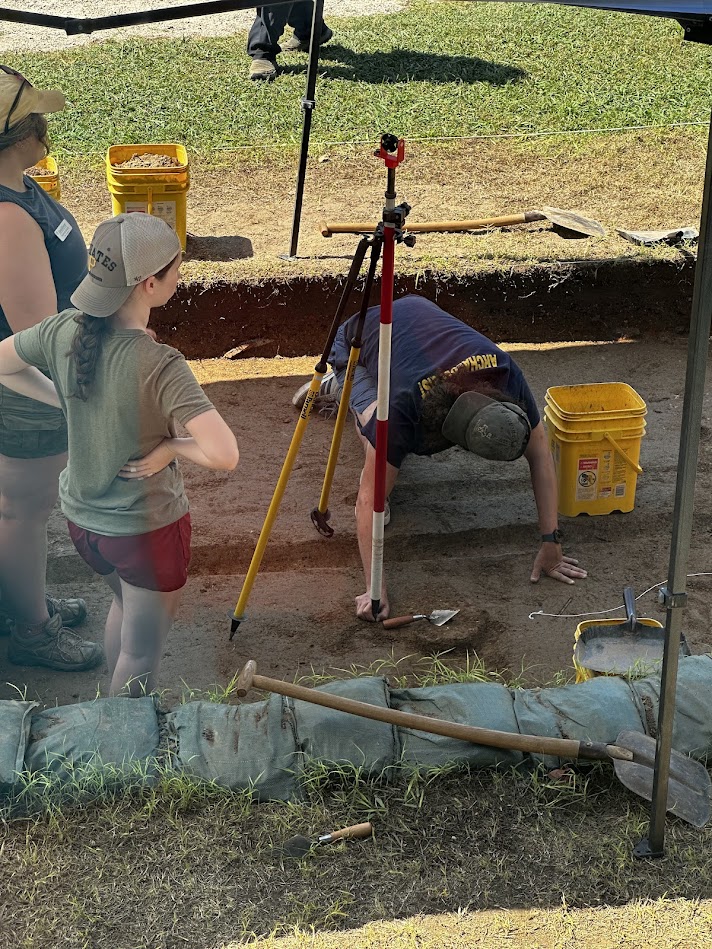
The archeology dig site in Historic Jamestowne is near the Archaearium. This museum houses some of the most spectacular of the three million artifacts uncovered since the Jamestown Rediscovery Project began in 1994.
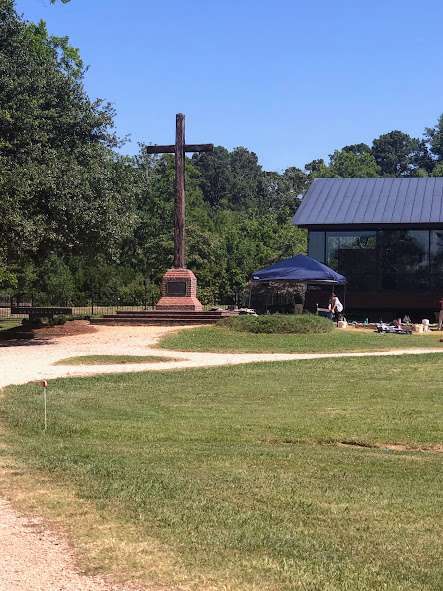

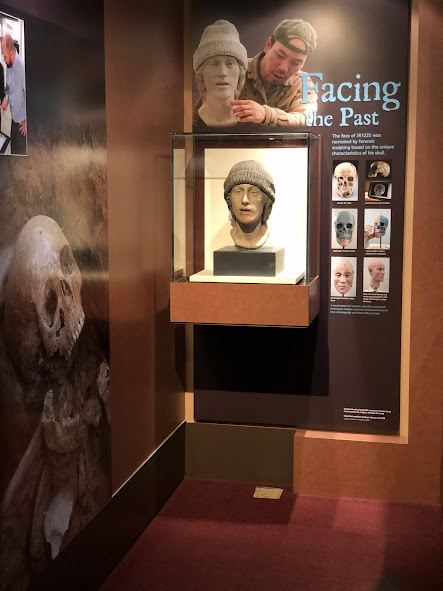

Yorktown
We headed over to Yorktown to spend the afternoon walking around the village, sailing on the York River, and visiting the Victory Monument.
We strolled around the village before we boarded our Daytime Sightseeing Cruise on the York River.


Captain Corey was our captain on the Alliance II for our daytime sailing cruise on the York River.

Corey is a Navy veteran who shared many stories about the York River during the Revolutionary War. We sailed past the Yorktown Battlefield, where our country won its independence. The British surrender forecast the end of British rule in the colonies and the birth of a new nation—the United States of America.

My father loved to sail, so this sailing cruise was very special to us.

Our last stop in Yorktown was to see the Victory Monument. We saw it on our sailing cruise but wanted to see it up close. The Victory Monument stands as a fitting symbol of the French and American victory at Yorktown on October 19, 1781 – a victory that resulted in American Independence.
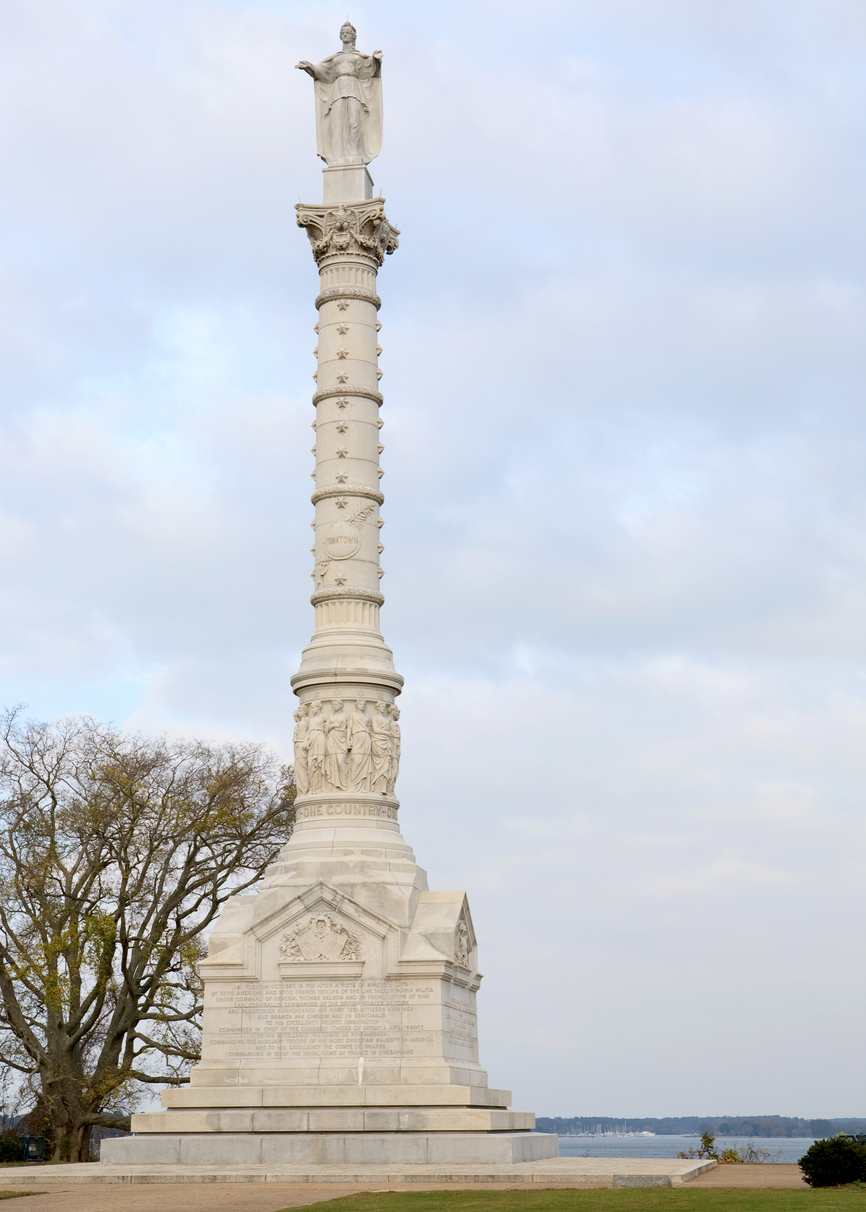
The Yorktown Victory Monument, located on Historic Main Street in Yorktown commemorates the victory, the alliance with France that brought it about, and the resulting peace with England.
Day 3
Colonial Williamsburg
Colonial Williamsburg is the largest outdoor living history museum in the world and one of our nation’s historical gems. The Historic Area includes 89 original 18th-century buildings and hundreds more reconstructed based on historical records and archaeological research.
As you roam this incredible recreation of a bustling 18th-century town, you will see numerous actors in period garb who will engage you in conversation that takes you back in time. You can see blacksmiths hard at work pounding horseshoes on their anvil and coopers shaping the wood staves for their barrels. On any given day, visitors may engage in conversation with a diverse array of well-researched, costumed historic interpreters — from Revolutionary thought leader James Madison to the first-known ordained Black Baptist preacher Gowan Pamphlet; from Martha Washington, the first First Lady, to Oconostota, a Cherokee leader.
The restoration of Williamsburg began in 1924 when the Rev. Dr. W.A.R. Goodwin, rector of Bruton Parish Church, shared his vision for the city with philanthropist John D. Rockefeller Jr. and his wife, Abby Aldrich Rockefeller. The reconstructed Capitol and Governor’s Palace join the Wren Building of the College of William & Mary as the three main structures of the restoration.
Sammy and I took a carriage ride and a private Williamsburg walking tour of Colonial Williamsburg.

Trish Thomas is co-owner of the Williamsburg Walking Tours and has spent a lifetime studying history, especially the history of Virginia, and is a master storyteller. I could have spent the entire day with her! We walked through the streets of colonial Williamsburg, and Trish shared so many facts about Williamsburg that I encouraged her to write a book.
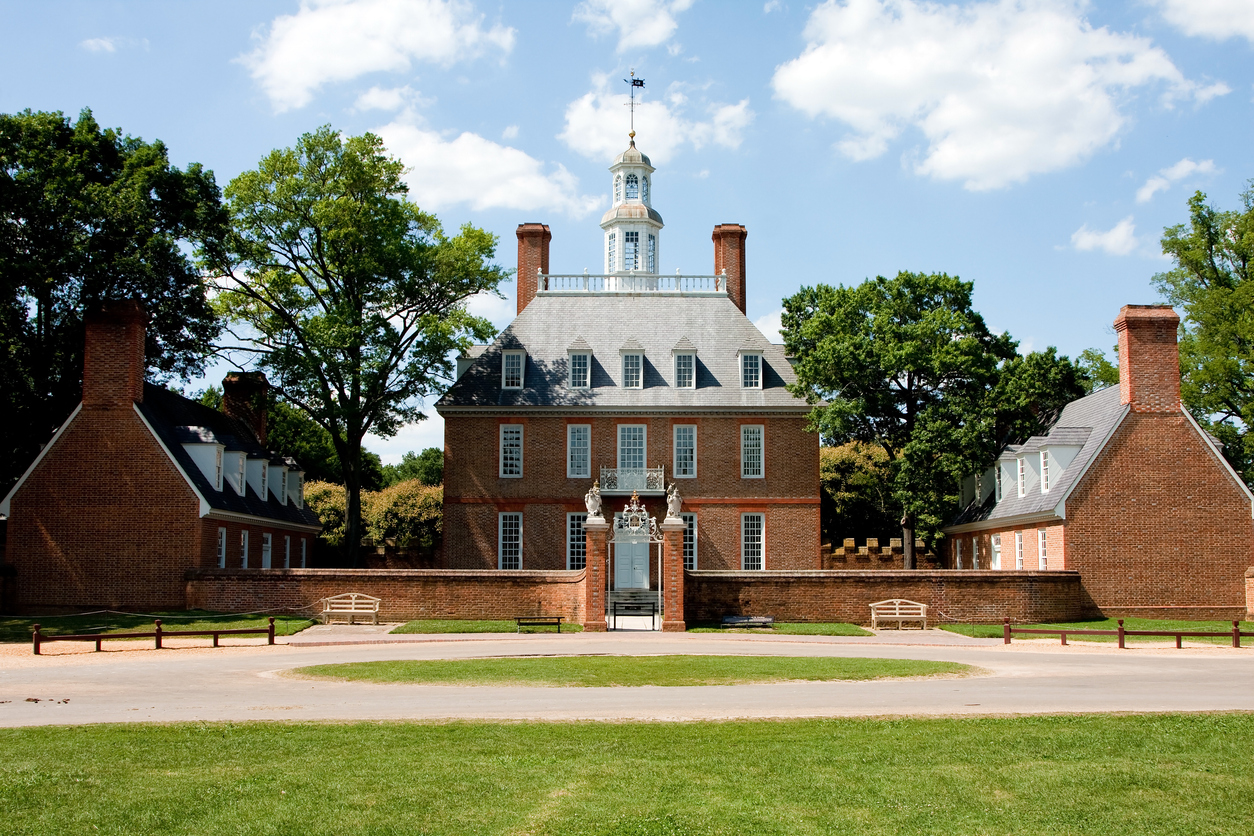
We saw a young Martha Washington and Thomas Jefferson speaking with the tourists. When you visit Williamsburg, you will see many interpreters portraying various people, many of who were our nation’s builders.

College of William & Mary
One of my highlights was revisiting the College of William and Mary. I haven’t seen it since the 90s when Lisa was there playing basketball. It is still one of the prettiest campuses I have ever seen!
Sammy and I went on a private walking tour of William and Mary. Our guide was an alumnus of the college, which made it fun to spend time with him. He graduated before our daughter Lisa did.
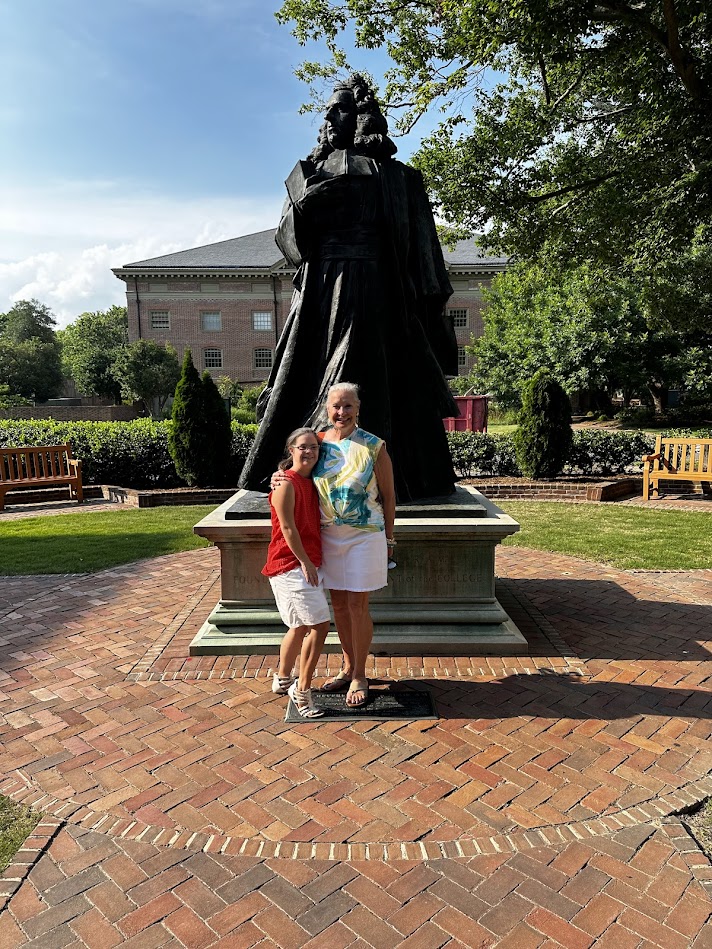
William & Mary is the second-oldest institution of higher learning in the country. It is a “Public Ivy”—one of only eight in the nation. It was founded in 1693 by the royal charter of King William III and Queen Mary II of England.
Did you know that the College of William and Mary was founded before Williamsburg was a town? The town developed around the college in the early eighteenth century, once the General Assembly moved the seat of the government from Jamestown to Middle Plantation (now known as Williamsburg.)
W & M Fact: The list of patriots who studied at William & Mary is long and distinguished and includes three American Presidents, Thomas Jefferson, James Monroe, and John Tyler, sixteen members of the Continental Congress, four signers of the Declaration of Independence, four justices of the Supreme Court of the United States, including John Marshall, and many members of Congress, cabinet members, and diplomats. Additionally, George Washington received his surveyor’s license from William & Mary and, after his Presidency, served as William & Mary’s Chancellor.
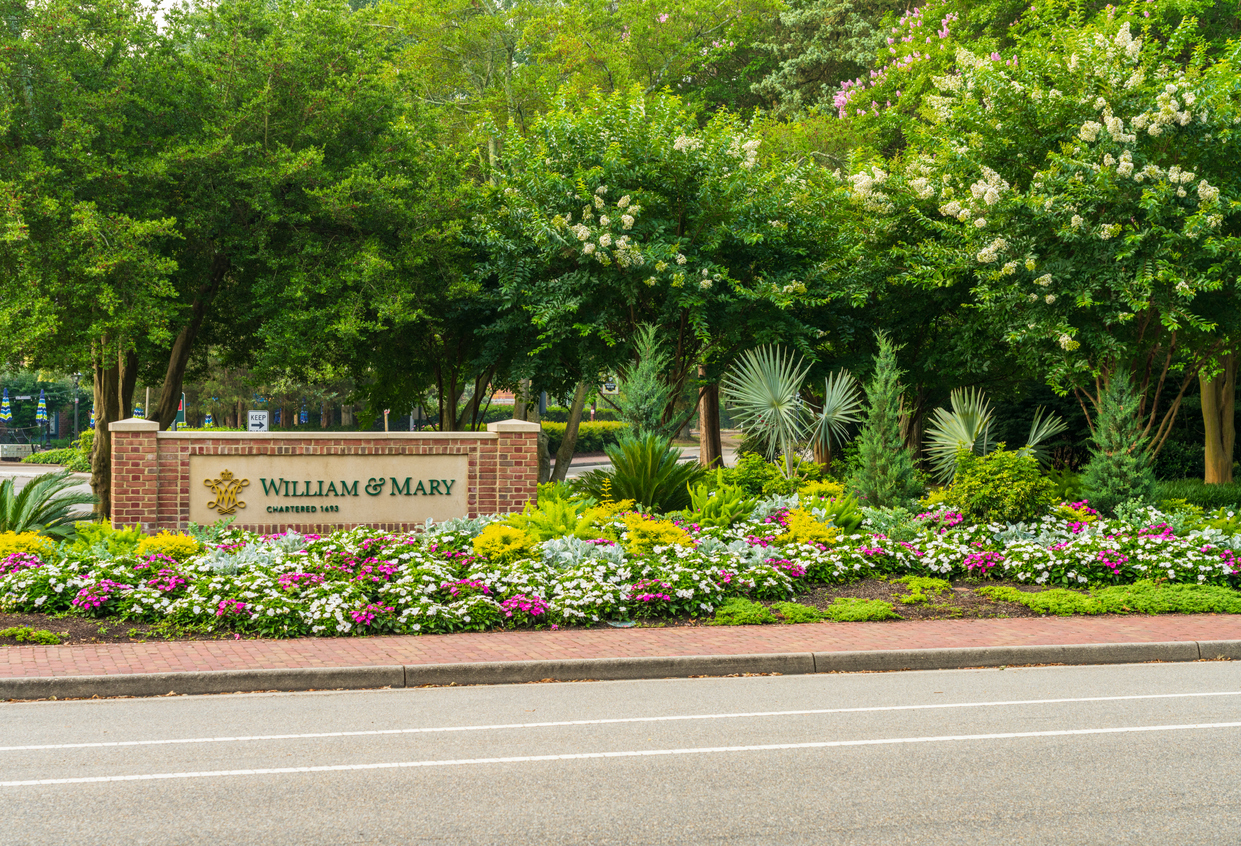

The Wren Building is the oldest structure in Williamsburg. Its construction history dates back to 1695, and it is the oldest academic building still standing in the United States. The Wren Building at the College of William and Mary was built under the watchful eye of English surveyor Thomas Hadley.
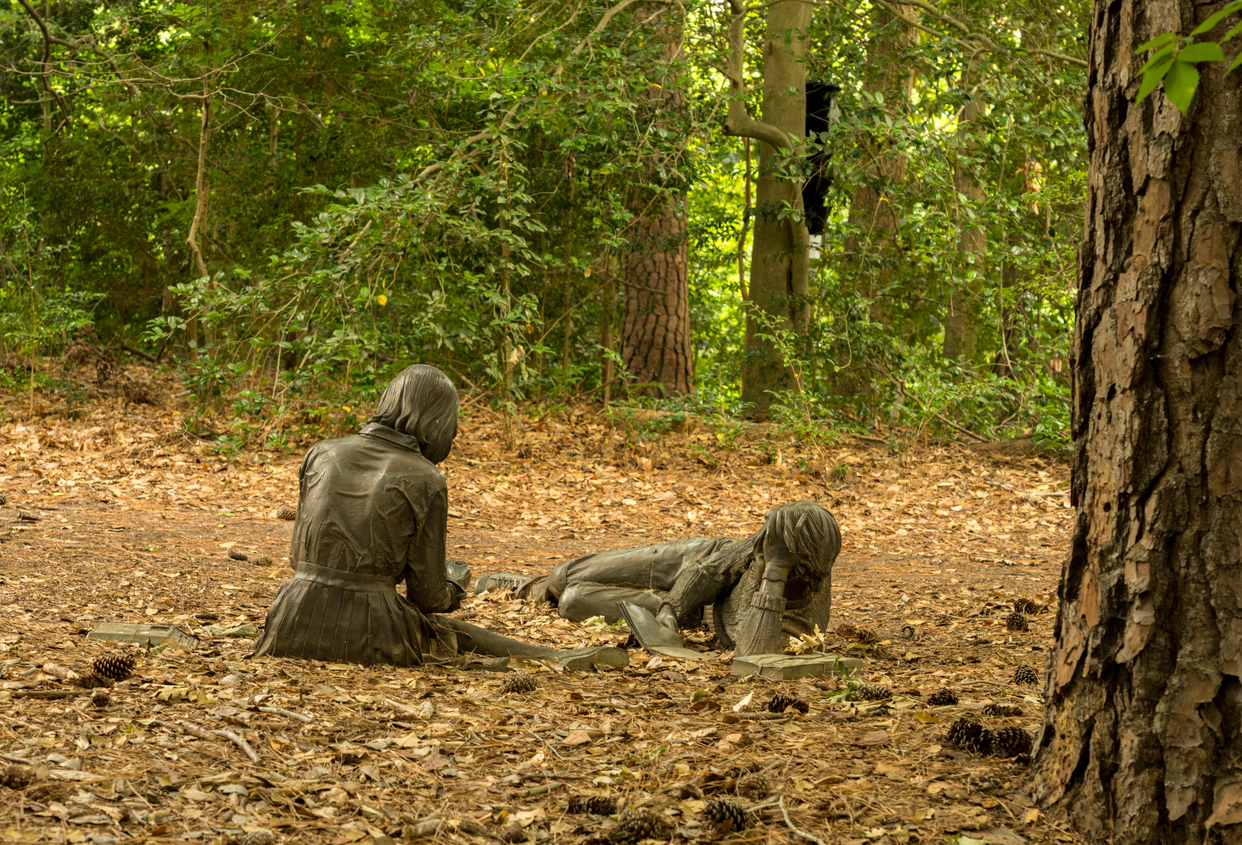
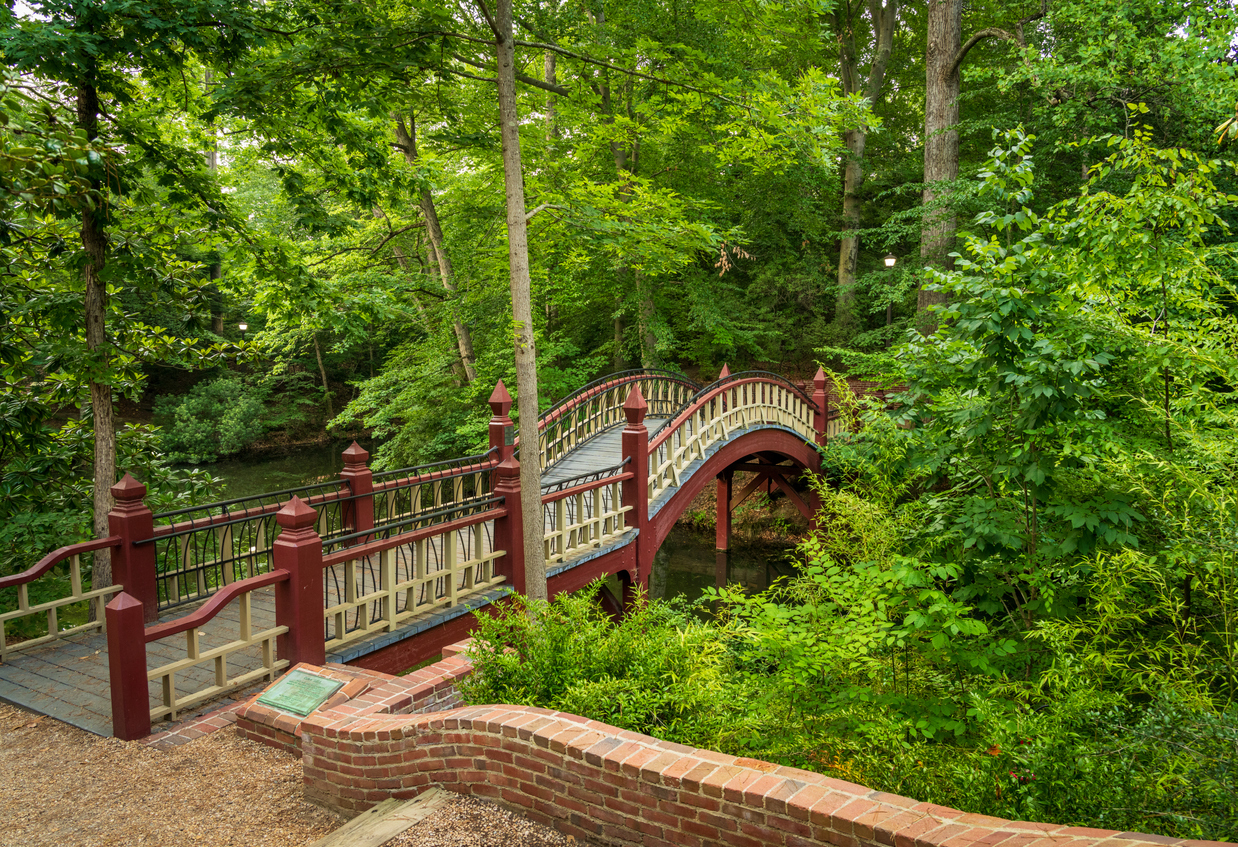
Day 4
Freedom Park and Williamsburg Botanical Gardens
On the last day of our trip, Sammy and I visited Freedom Park. Rich in history, Freedom Park preserves one of the first free black settlements in America (1803), the Revolutionary War Battle of Spencer’s Ordinary (1781), and a 17th-century domicile. It also features mountain biking, hiking trails, and an Interpretive Center with artifacts dating from prehistoric times to the 20th century. The park features a 600-acre Forest, a 2-mile multi-use trail, and a 20-mile Mountain Bike Trail. This is also where you will find the Williamsburg Botanical Garden.
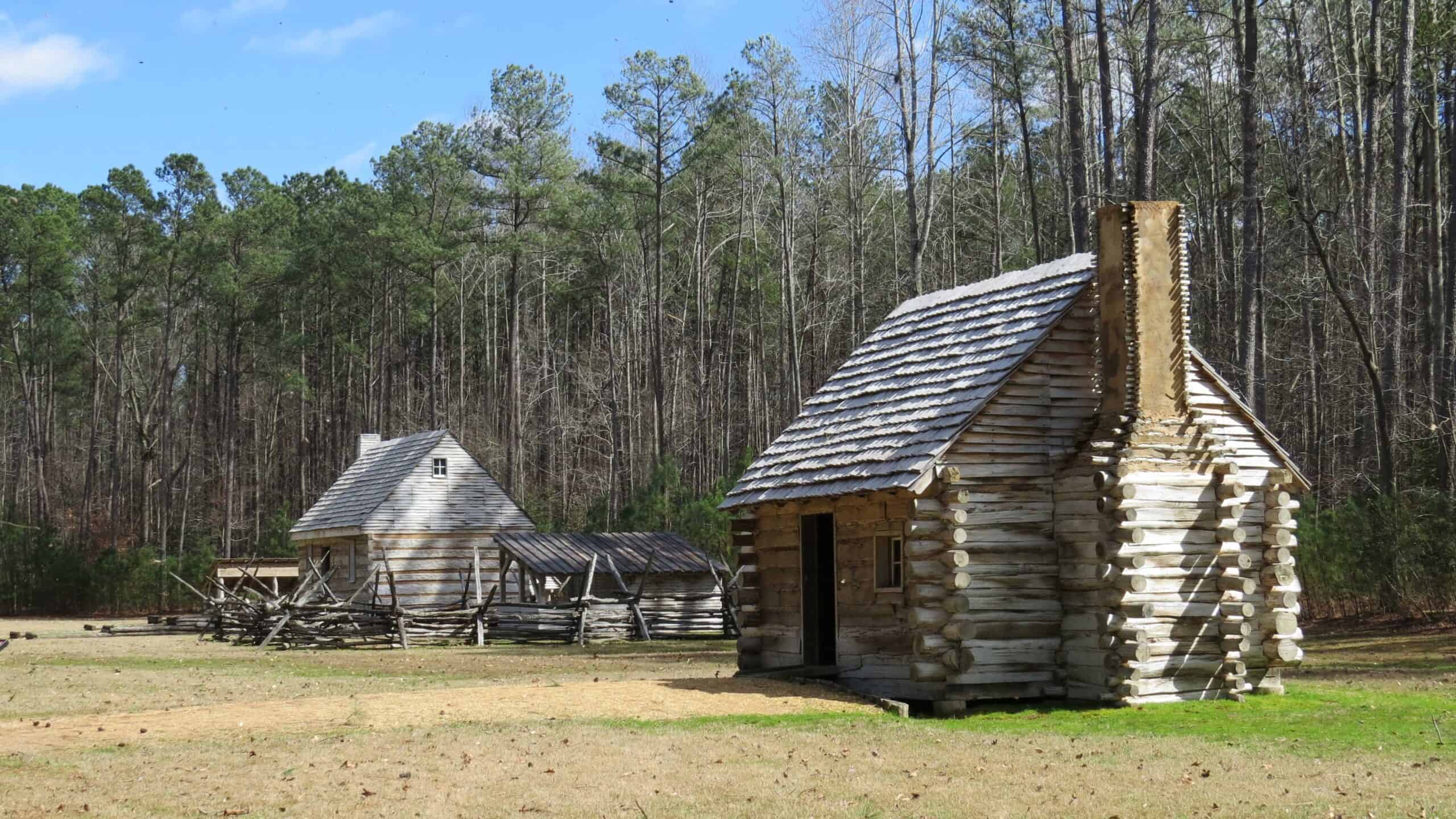

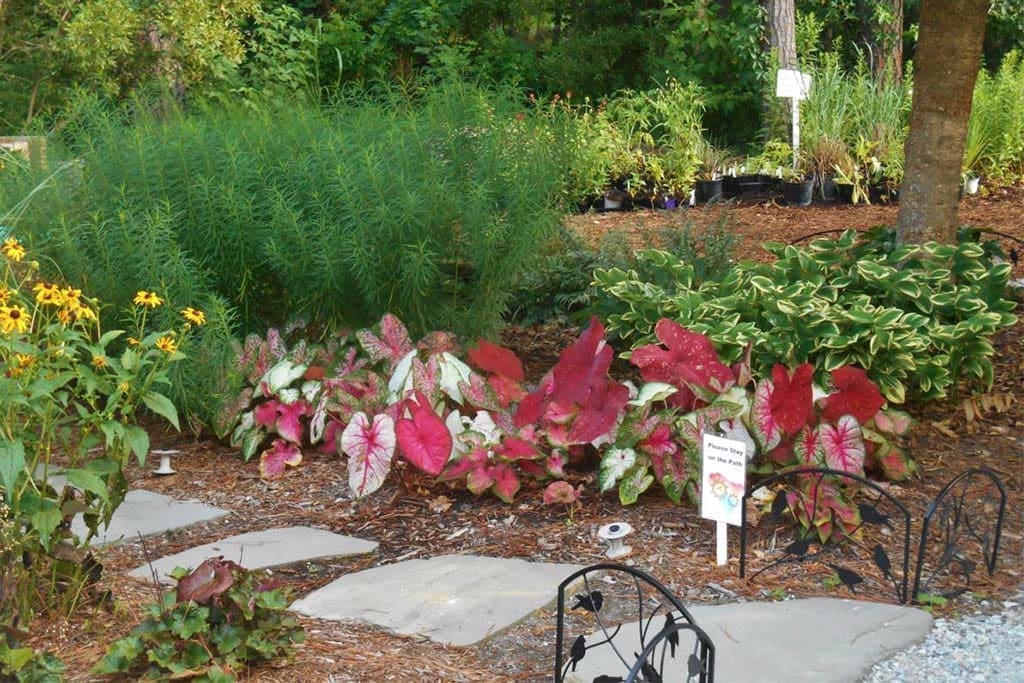
Here are some of the restaurants we ate at during our four-day trip. There are so many wonderful restaurants to dine at in the Williamsburg area, so I hope you check these out for your next visit!
Our Restaurant Recommendations
- Waypoint Seafood and Grill
- Le Yaca French Restaurant
- Carrot Tree Kitchens – Yorktown
- Blue Talon Bistro
- The Cheese Shop
- Christiana Cambell’s Tavern
- Terrace & Goodwin Rooms at the Williamsburg Inn
- Hohl
Well, I hope you enjoyed reading about our girls’ trip to Williamsburg! Revisiting Williamsburg was such a special treat for Sammy and me. There is so much American history, and we should be grateful that we thought it important to preserve our historic buildings and landmarks so that future generations can witness our nation’s past and the beginning of the United States of America.
Until next time!
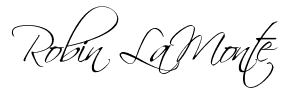

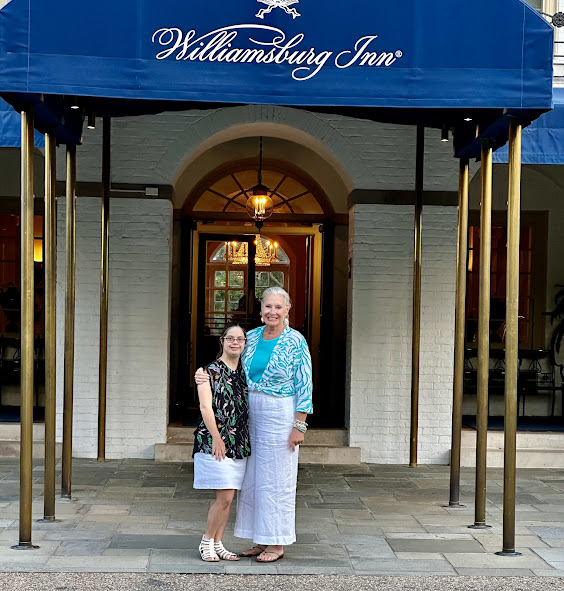



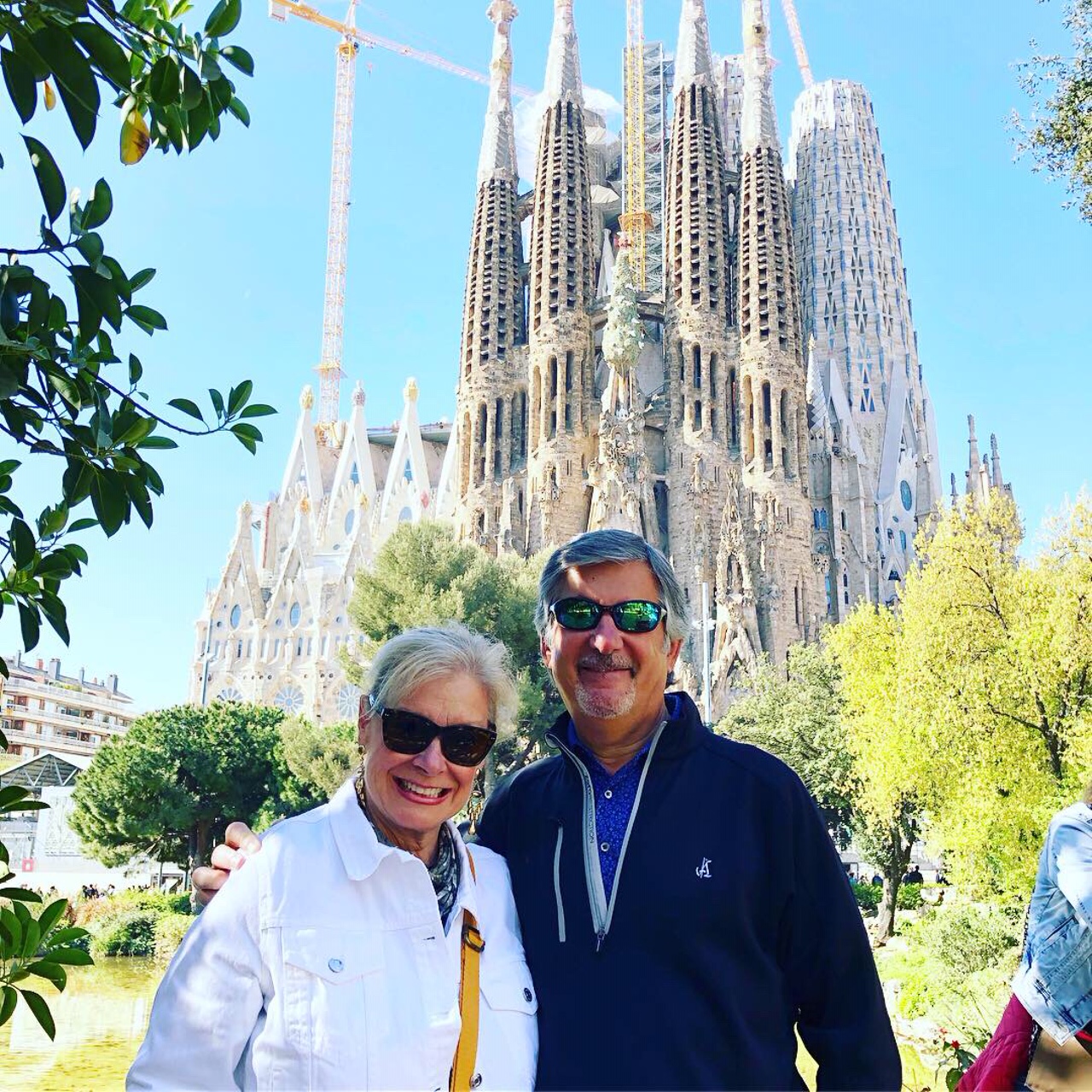
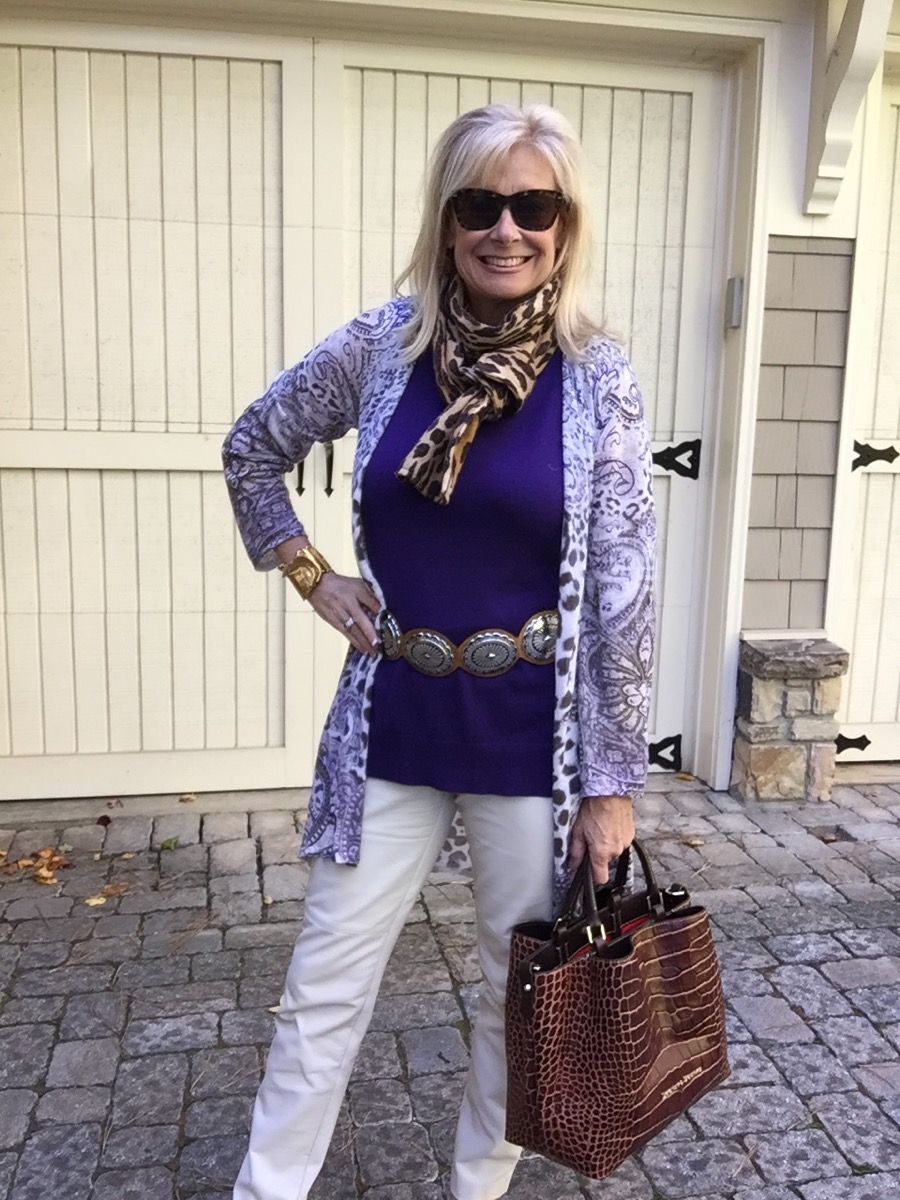
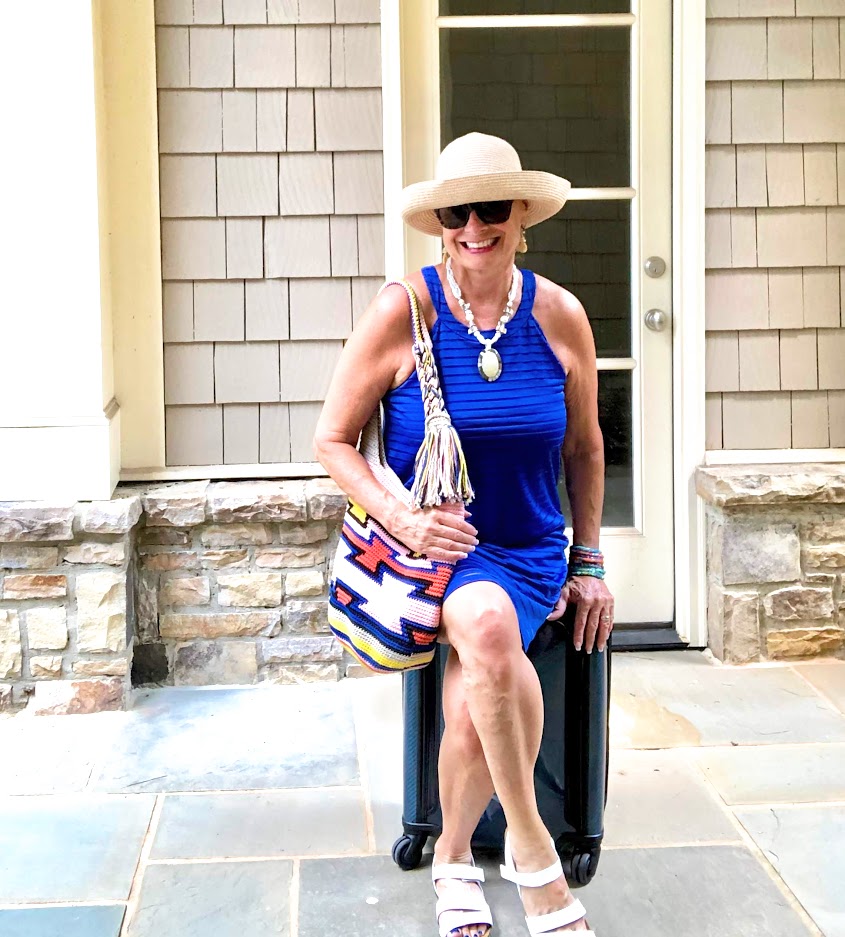
Thank you for taking the time to share your trip with your daughter. Those are special times. I enjoyed the pictures and the information of the places you saw. Made me feel like I had been on a mini vacation myself!